Some animals sleep like they don’t care about physics at all. Dangling upside down from a tree branch. Floating mid-ocean without sinking. Standing on one leg for hours like it’s the most natural thing in the world. While we curl up in beds, animals around the globe have mastered the art of dozing in the most baffling, gravity-defying ways imaginable. Their naps happen mid-air, underwater, while flying, even during migration. And some of them don’t even close both eyes. So how do they pull it off without crashing, drowning, or falling flat? Let’s take a peek at 17 animals that sleep in the weirdest places and positions—and somehow make it work like pros.
Sloth

Sloths are known for their slow-paced lifestyle, often seen hanging upside down from tree branches in tropical forests. Their unique anatomical structure allows them to lock their limbs in place, enabling them to sleep without falling. This effortless clinging provides them with a safe haven among the dense foliage, away from predators. Did you know? A sloth spends nearly 20 hours a day resting or sleeping, blending seamlessly with the surroundings. This camouflage is their ultimate defense mechanism, making them one of nature’s most intriguing sleepers.
Bat

Bats are masters of the upside-down nap, hanging from the ceilings of caves and hollow trees. This inverted sleeping position is possible due to a unique locking mechanism in their tendons, allowing them to relax completely. While roosting in groups, bats conserve warmth and create a protective community. Interestingly, while most mammals sleep lying down, bats defy gravity, using this posture to quickly drop into flight if threatened, showcasing a fascinating adaptation to their nocturnal lifestyle. It’s an exemplary case of nature’s ingenuity at work.
Giraffe
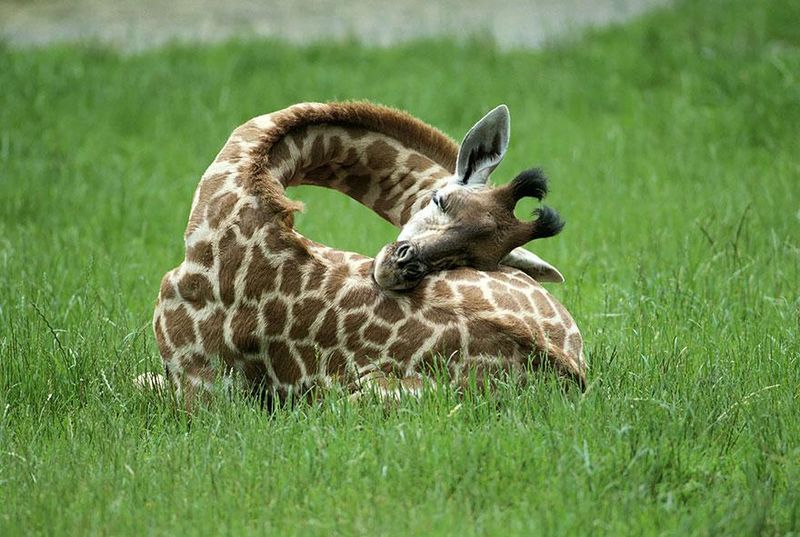
Giraffes, despite their towering height, manage to sleep in surprisingly compact positions. Curled up with their long necks resting on their bodies, they take short naps to stay alert. These brief and sporadic rests, often lasting just minutes, are a survival tactic in the wild. The giraffe’s unique sleeping style highlights its need to remain vigilant against predators while maintaining its majestic stance. With legs folded beneath, these gentle giants showcase an elegant yet practical approach to rest.
Albatross
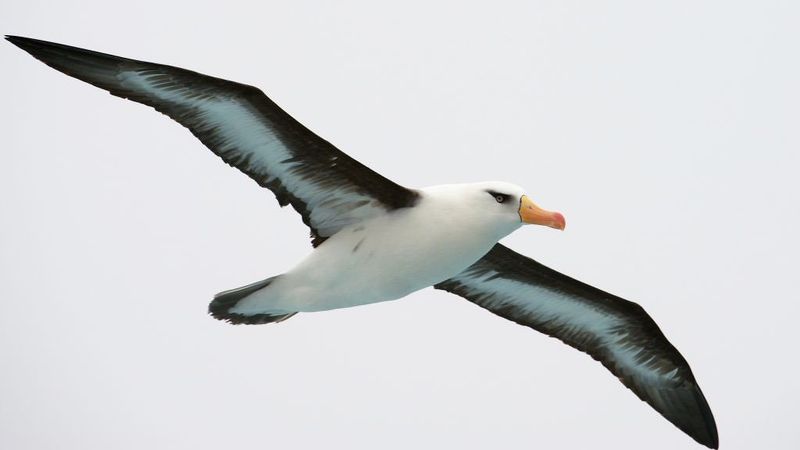
The albatross, a master of the skies, is known for its ability to sleep while flying. With their expansive wings locked in place, these birds can glide for hours, even catching a nap mid-flight. This remarkable adaptation allows them to travel vast distances over the ocean without needing to land. By alternating which half of their brain sleeps, albatrosses maintain awareness of their surroundings. This unique blend of rest and vigilance is an evolutionary marvel that supports their long migratory journeys.
Sea Otter

Sea otters are known to sleep floating on their backs, often in groups that hold hands to avoid drifting apart. This social behavior not only ensures safety from predators but also strengthens their communal bonds. The kelp forests they inhabit act as anchors, providing stability in the ocean’s currents. By wrapping themselves in kelp strands, otters secure their position, exemplifying a harmonious relationship with their environment. This floating repose is both a strategic and endearing aspect of their lives.
Lion

Lions, the kings of the jungle, are known for their prolonged slumbers. A pride often relaxes together, basking in the sun’s warmth on the African plains. These communal naps play a crucial role in strengthening social ties within the group. Lions can sleep up to 20 hours a day, conserving energy for hunting. This combination of rest and social bonding underscores their dominance and survival strategy in the wild. Their regal presence even in sleep is a testament to their majestic nature.
Walrus
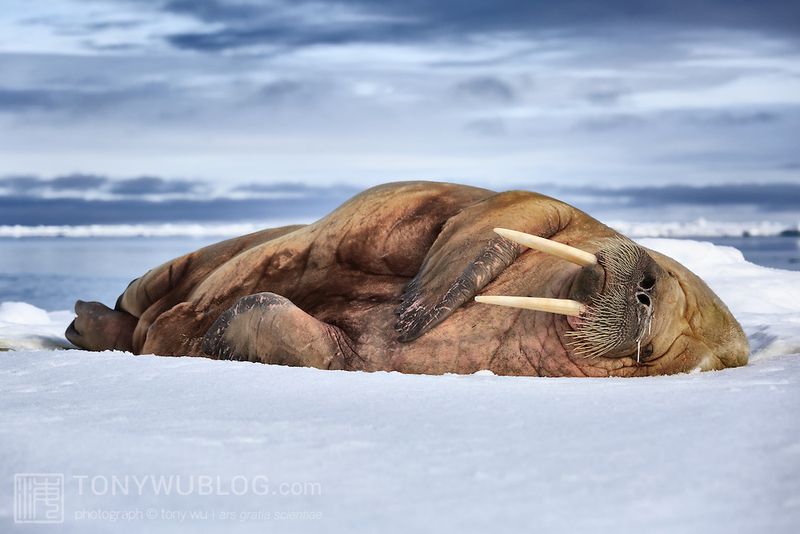
Walruses exhibit a unique sleeping behavior, often seen napping in herds on floating ice. These large marine mammals can also sleep in the water, using their enormous tusks to hook onto ice, preventing them from drifting away. This dual sleep strategy allows them to rest safely while remaining in proximity to food sources. The walrus’s adaptability to its harsh environment is a testament to its evolutionary resilience, showcasing a blend of terrestrial and aquatic slumber.
Hummingbird

Hummingbirds enter a state of torpor to conserve energy, appearing almost lifeless as they sleep. By significantly slowing their metabolism, they survive cold nights without food. This energy-efficient strategy is vital for these tiny birds with high-energy demands. Often found in tropical and subtropical regions, hummingbirds showcase a fascinating adaptation to environmental challenges. During torpor, their heart rate and body temperature drop dramatically, allowing them to endure periods of scarcity and emerge vibrant and active by daybreak.
Duck
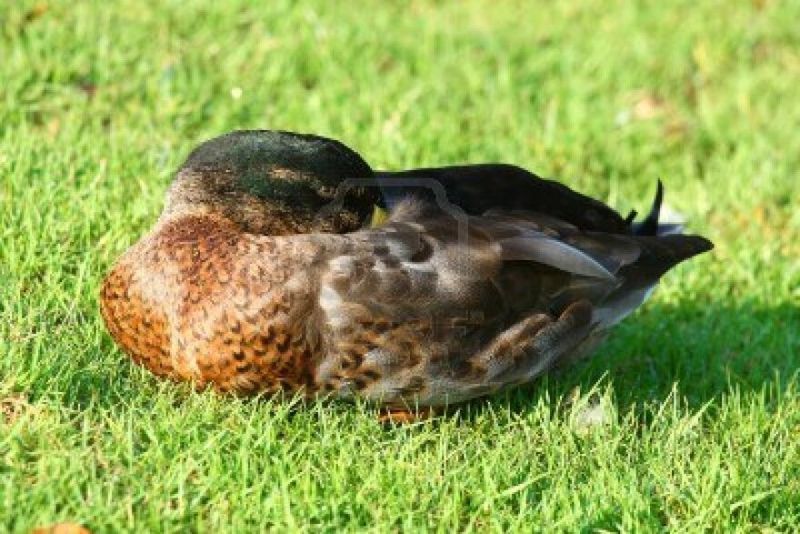
Ducks possess the intriguing ability to sleep with one eye open, a behavior known as unihemispheric slow-wave sleep. This adaptation allows them to remain partially alert to potential threats. Typically seen in flocks, this behavior provides collective security, with each duck taking turns as a sentinel. This fascinating sleep strategy illustrates the balance between rest and vigilance in the animal kingdom. Ducks demonstrate a remarkable blend of relaxation and awareness, ensuring survival in their natural habitats.
Elephant
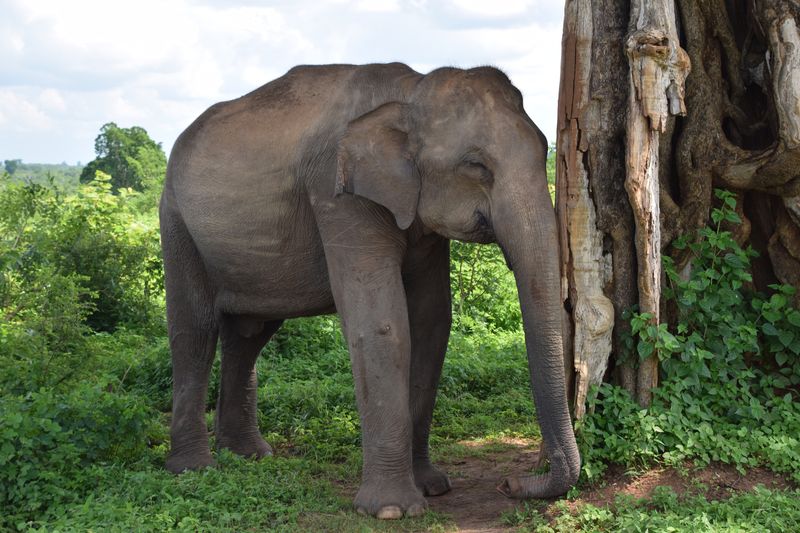
Elephants, the gentle giants of the savannah, often sleep standing up. This enables them to remain alert to potential threats while still getting their necessary rest. In herds, they may also lie down for deeper sleep. Their ability to doze off while standing is a remarkable adaptation to their size and needs. Elephants showcase an elegant balance between rest and readiness, embodying the harmony found within nature’s order. Their unique sleeping habits are a reflection of their intelligence and adaptability.
Dolphin
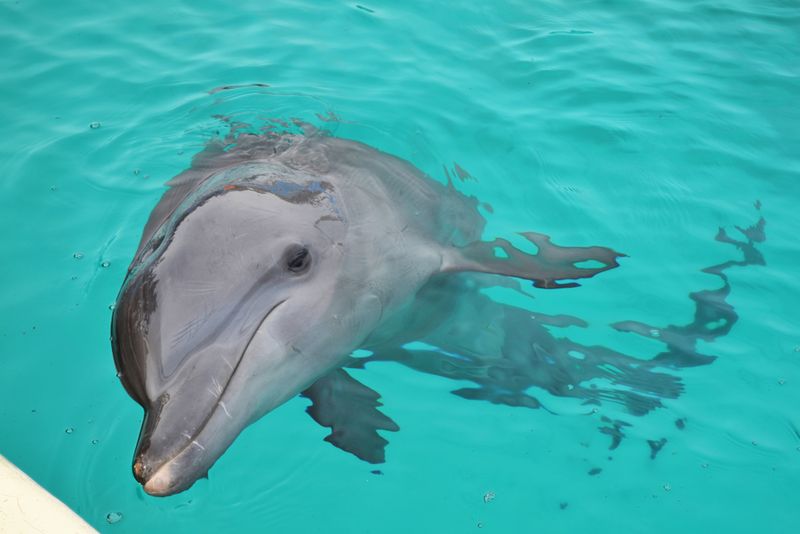
Dolphins exhibit unihemispheric sleep, allowing one hemisphere of their brain to rest while the other remains active. This adaptation enables them to continue swimming and surfacing for air even while asleep. Found in pods, dolphins benefit from collective safety, with individuals taking turns resting. This fascinating sleep behavior ensures their survival in the vast ocean, blending rest with vigilance. Dolphins epitomize the seamless integration of adaptability and awareness in marine life, showcasing nature’s brilliance.
Koala

Koalas are known for their extensive sleep routines, spending up to 22 hours a day resting in eucalyptus trees. Their diet of eucalyptus leaves provides minimal energy, requiring them to conserve as much of it as possible through sleep. This slow-paced lifestyle is essential for their survival, as it aligns with their nutritional intake. Koalas’ peaceful slumber high above the ground provides a safe refuge from predators, embodying a harmonious existence within their environment.
Flamingo

Flamingos are renowned for their unique sleeping posture, often standing on one leg. This iconic stance is not only energy-efficient but also helps regulate body temperature. By tucking one leg close to their body, they minimize heat loss in cooler temperatures. This elegant resting position highlights the flamingo’s adaptation to its aquatic habitat. These striking birds, with their vivid plumage, present a graceful image even in rest, showcasing nature’s blend of form and function.
Snail
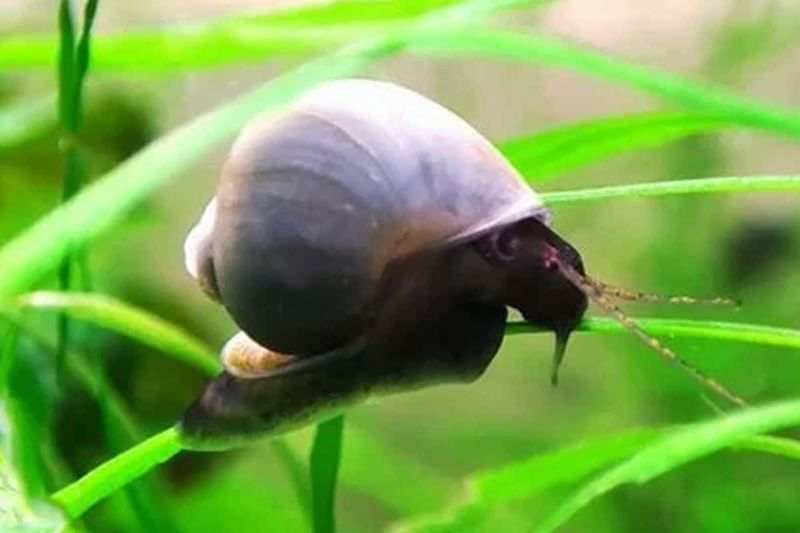
Snails, the slow-moving inhabitants of gardens, possess the ability to sleep for extended periods—sometimes up to three years. They retract into their shells to conserve moisture and protect themselves from environmental extremes. This lengthy dormancy is vital for their survival during harsh conditions, allowing them to awaken when favorable conditions return. The snail’s unique approach to rest exemplifies the diversity of sleep strategies in the animal kingdom, embodying patience and resilience.
Horse
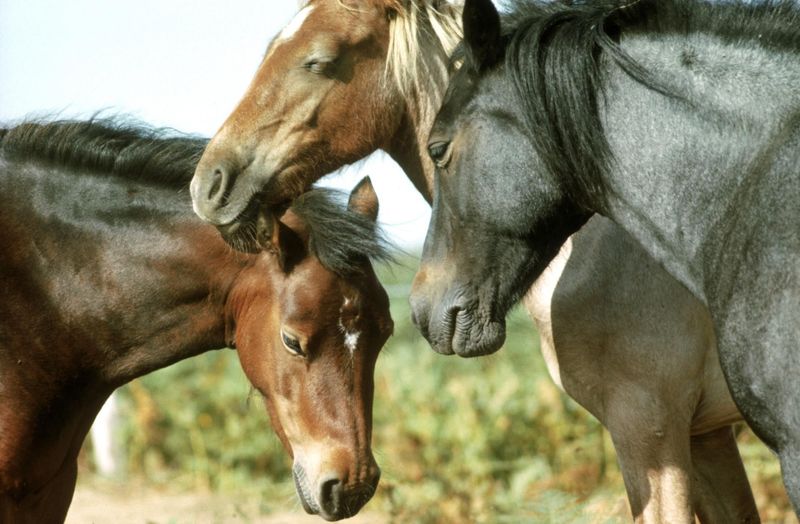
Horses, known for their strength and grace, have a dual approach to sleep. They can rest standing up, thanks to a special locking mechanism in their legs. This allows them to remain alert for danger. However, for deeper sleep, they lie down with their legs folded beneath them. This dual strategy ensures they get the rest they need while staying ready to flee if necessary. Horses embody a balance of strength and vulnerability in their resting habits, mirroring their life in the wild.
Parrot
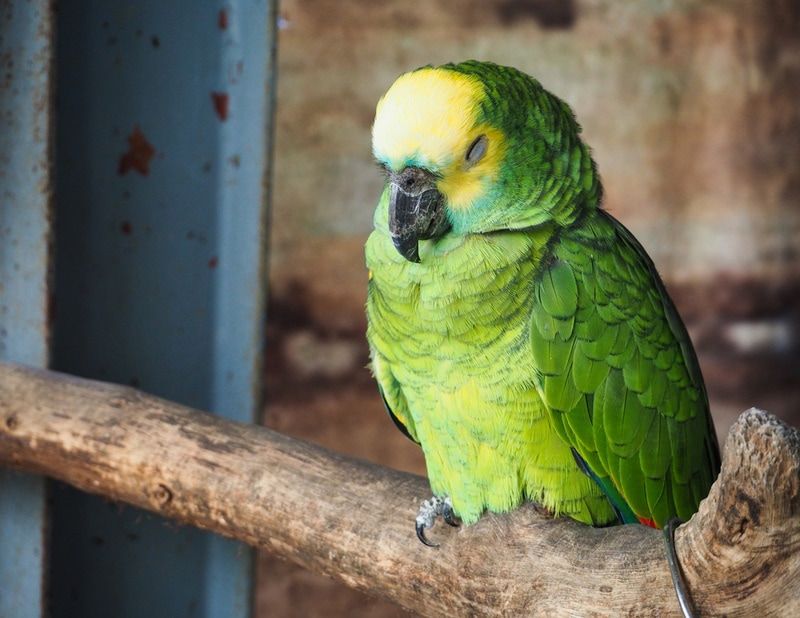
Parrots, with their vibrant plumage, often sleep with their heads tucked into their feathers. This position helps them conserve body heat while providing a sense of security. Known for their intelligence, parrots exhibit this behavior in both wild and domesticated settings. Their ability to adapt to various environments is reflected in their sleeping posture. Parrots demonstrate a blend of instinct and learned behavior, showcasing their resilience and adaptability in diverse habitats.
Penguin
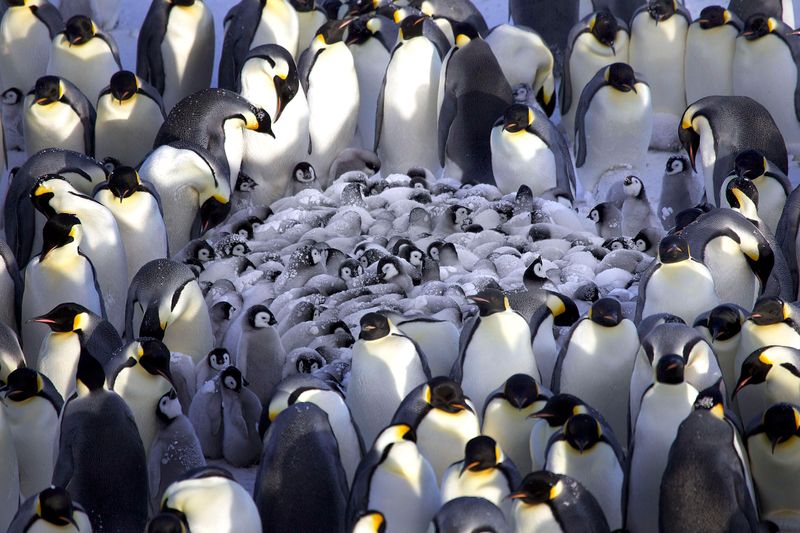
Penguins, particularly the emperor species, sleep in tightly-knit huddles. This communal behavior provides warmth and protection against the harsh Antarctic climate. By rotating positions within the group, they ensure that each member shares in the warmth. This cooperative approach to rest is essential for their survival in such an extreme environment. Penguins exemplify the power of unity and adaptation in nature, thriving in conditions that challenge even the most resilient creatures.

